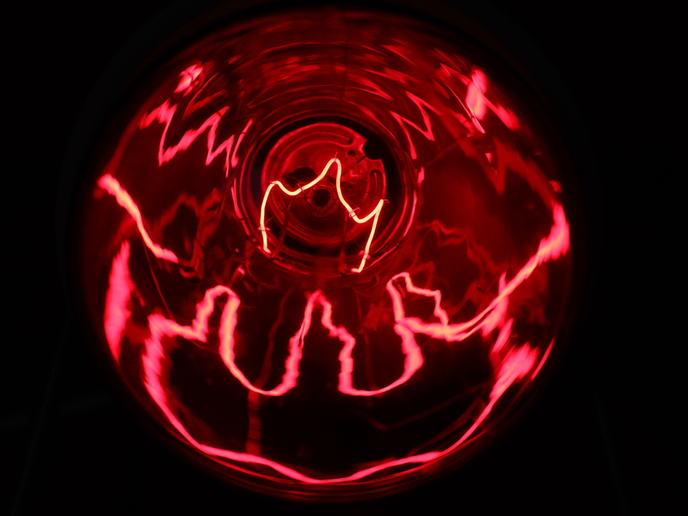Bioimaging reaches new heights for clarity
The OILTEBIA(opens in new window) project was a multidisciplinary partnership of 10 members. The project has upgraded the technology for novel optical probes and importantly, non-invasive or minimally invasive optical tomographic techniques. Based on diode lasers, the consortium developed new optical sources for photoacoustic imaging and microscopy. Primary reasons that limit the use of diode lasers in clinical practice are cost, complexity and maintenance of photoacoustic systems. All these factors were addressed and improved by the OILTEBIA research team. The team optimised imaging techniques using new sensors and instrumentation systems. Propagating light in scattering media using adaptive wavefront shaping and specific photonic structures extended the limits when imaging turbid media such as tissue. Other major improvements and developments include a 4mm diameter intracardiac catheter prototype. Capacitive micromachined ultrasonic transducers (cMUT) sensors were integrated into a hybrid optoacoustic/ultrasonic intravascular catheter. This is a novel probe capable of distinguishing between the different constituents of atheroma plaques. OILTEBIA developed hybrid diffuse correlation and time resolved spectroscopy systems to study traumatic brain injuries. The diffuse correlation spectroscopy (DCS)/ near-infrared spectroscopy (NIRS) system improved during the OILTEBIA project has already been tested for continuous monitoring of ischaemic stroke patients in emergency rooms and haemodynamic studies in obstructive sleep apnoea cases. The DCS contrast device and head probe for functional neuroimaging in infants can be used to study functional activation following auditory stimulation in infants. Experimental studies on phantoms, small animals and clinical studies include a new chromophore, useful for clinical diagnostics of the thyroid. In particular, the spectra of thyrosin and thyroglobulin in the 600-1200 nm range were derived for the first time. The OILTEBIA project has done important work on research and development of the hardware and software associated with optical imaging techniques. Researchers expect that the new optical imaging techniques will enable early stage diagnosis. In clinical settings, the management of important diseases such as stroke and head-trauma as well as cancer therapy could be drastically improved.







